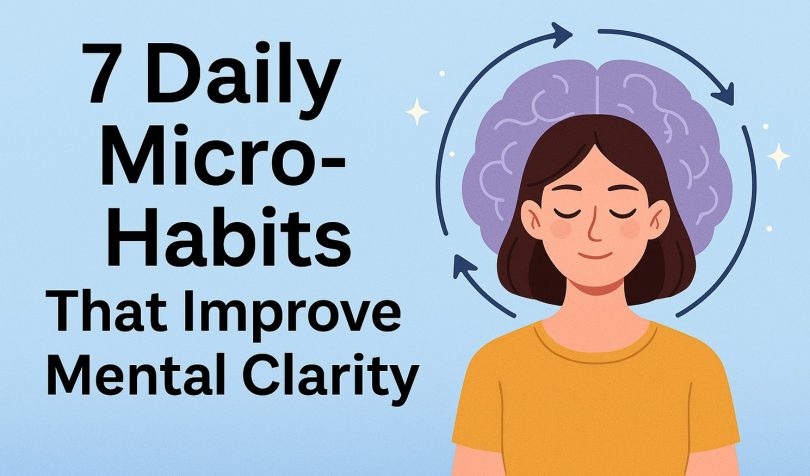Before diving into the intricacies of the health triangle, it’s essential to grasp the fundamentals of this concept. The health triangle represents the interconnectedness of three vital components: physical, mental, and social health. In this comprehensive guide, we’ll explore what the health triangle entails, its significance in daily life, and how to achieve a harmonious balance among its components.
Table of Contents
- Defining the Health Triangle
- Components of the Health Triangle
- Interconnections Among the Components
- Achieving Balance in the Health Triangle
- Importance of the Health Triangle in Daily Life
- Common Misconceptions About the Health Triangle
Key Takeaways
- Understanding the health triangle is crucial for maintaining overall well-being.
- Balance among physical, mental, and social health is essential for optimal health.
- Misconceptions about the health triangle exist, but they can be clarified through education.
Defining the Health Triangle
The health triangle is a concept that encompasses three key aspects of an individual’s well-being: physical health, mental health, and social health. It illustrates the interconnectedness of these components and emphasizes the importance of achieving a balance among them.
Physical Health
Physical health refers to the overall condition of the body and its ability to perform daily activities effectively. It encompasses factors such as nutrition, exercise, sleep, and medical care.

Maintaining physical health involves engaging in regular physical activity, consuming a balanced diet rich in nutrients, getting an adequate amount of sleep, and seeking medical attention when necessary. By prioritizing physical health, individuals can reduce the risk of chronic diseases and enhance their quality of life.
Mental Health
Mental health refers to a person’s emotional, psychological, and social well-being. It encompasses factors such as stress management, emotional resilience, and interpersonal relationships.

Taking care of mental health involves practicing self-care activities, seeking support from friends and family, engaging in stress-relieving activities such as meditation or hobbies, and seeking professional help when needed. Prioritizing mental health contributes to improved cognitive function, better mood regulation, and overall emotional well-being.
Social Health
Social health refers to an individual’s ability to interact with others, form meaningful relationships, and contribute to society. It encompasses factors such as communication skills, social support networks, and community involvement.
![]()
Fostering social health involves building strong interpersonal connections, participating in social activities, volunteering in the community, and maintaining healthy boundaries in relationships. Prioritizing social health leads to a sense of belonging, increased resilience to stress, and improved overall well-being.
Components of the Health Triangle
The health triangle comprises three interconnected components, each playing a crucial role in shaping an individual’s overall well-being.
Physical Health
Physical health encompasses various aspects of bodily well-being, including:
| Factor | Description |
|---|---|
| Nutrition | Consuming a balanced diet rich in nutrients to support bodily functions and prevent diseases. |
| Exercise | Engaging in regular physical activity to improve cardiovascular health, muscle strength, and flexibility. |
| Sleep | Getting an adequate amount of quality sleep to promote physical recovery and cognitive function. |
| Medical Care | Seeking preventive care and medical attention when necessary to address health concerns and maintain overall well-being. |
Mental Health
Mental health encompasses various aspects of psychological well-being, including:
| Factor | Description |
|---|---|
| Stress Management | Developing effective coping strategies to manage stressors and maintain emotional balance. |
| Emotional Resilience | Building resilience to setbacks and challenges by fostering a positive mindset and adaptive coping skills. |
| Interpersonal Relationships | Nurturing supportive relationships with family, friends, and peers to promote emotional well-being and social support. |
Social Health
Social health encompasses various aspects of relational well-being, including:
| Factor | Description |
|---|---|
| Communication Skills | Developing effective communication skills to express thoughts, feelings, and needs clearly and respectfully. |
| Social Support Networks | Building strong social support networks to provide emotional validation, practical assistance, and companionship. |
| Community Involvement | Engaging in community activities, volunteering, or advocacy efforts to foster a sense of belonging and social connectedness. |
Interconnections Among the Components
The components of the health triangle are intricately interconnected, influencing each other’s well-being and functioning.
For example, regular exercise not only enhances physical health by improving cardiovascular function and muscle strength but also contributes to mental health by releasing endorphins, reducing stress, and improving mood. Similarly, maintaining positive interpersonal relationships and a strong social support network not only fosters social health but also contributes to mental health by providing emotional validation, companionship, and a sense of belonging.
Achieving Balance in the Health Triangle
Achieving balance among the components of the health triangle is essential for optimal well-being.
Balance entails nurturing each aspect of the health triangle—physical, mental, and social health—while recognizing their interconnectedness and addressing their unique needs. It involves:
- Engaging in regular physical activity
- Prioritizing self-care activities for mental well-being
- Fostering supportive relationships and social connections
By prioritizing balance in the health triangle, individuals can experience improved overall well-being, enhanced resilience to stress, and greater satisfaction in life.

Importance of the Health Triangle in Daily Life
The health triangle holds immense significance in shaping individuals’ daily lives and overall well-being.
Understanding the health triangle enables individuals to:
- Make informed choices regarding their health and well-being
- Recognize the interconnectedness of physical, mental, and social health
- Take proactive steps to maintain balance and optimize their overall health
By integrating the principles of the health triangle into their daily lives, individuals can cultivate a holistic approach to health and well-being, leading to improved quality of life and long-term vitality.
Common Misconceptions About the Health Triangle
Despite its importance, the health triangle concept is often misunderstood. Let’s address some common misconceptions:
- Physical health is the only component that matters: While physical health is undeniably crucial, neglecting mental and social health can have detrimental effects on overall well-being. It’s essential to recognize the interconnectedness of all three components.
- Mental health is solely about avoiding mental illness: Mental health encompasses more than just the absence of mental illness. It involves emotional resilience, coping skills, and overall psychological well-being.
- Social health is only about having friends: While social connections are vital, social health extends beyond friendship. It includes effective communication, healthy boundaries, and a sense of belonging within a community.
By dispelling these misconceptions, individuals can gain a clearer understanding of the health triangle and its implications for overall well-being.
Frequently Asked Questions (FAQs)
What are some examples of activities that promote physical health?
Engaging in regular exercise, consuming a balanced diet, getting enough sleep, and seeking preventive medical care are all examples of activities that promote physical health.
How can I improve my mental health within the health triangle framework?
To improve mental health, prioritize self-care activities such as mindfulness practices, engage in stress-relieving activities, seek support from friends and family, and consider seeking professional help if needed.
What role does social media play in social health?
Social media can both positively and negatively impact social health. While it can facilitate connections and foster a sense of community, excessive use or negative interactions can lead to feelings of isolation and inadequacy.

Is it possible for one component of the health triangle to be prioritized over the others?
While it’s essential to prioritize aspects of the health triangle based on individual needs, neglecting one component over others can lead to imbalances and negative effects on overall well-being. Strive for harmony among physical, mental, and social health.
How does the environment affect the health triangle?
The environment can significantly influence the health triangle. Factors such as access to healthcare, socioeconomic status, and community resources can impact individuals’ ability to maintain balance and optimize their overall health.
As you can see, the health triangle is a holistic framework that considers the interconnectedness of physical, mental, and social health in shaping individuals’ overall well-being. By understanding and prioritizing each component, individuals can achieve a harmonious balance that promotes optimal health and vitality.






